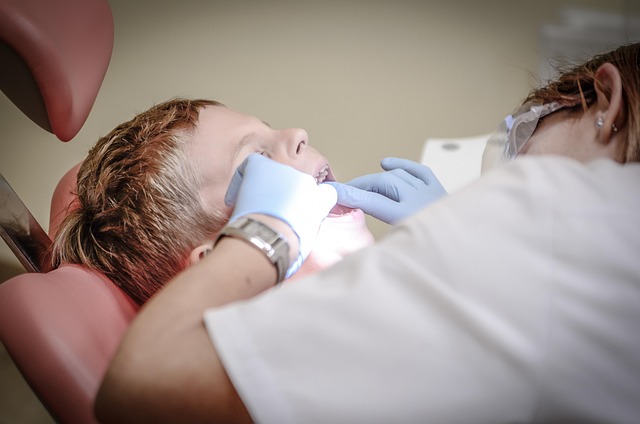Bridging options: mechanical support and timing of donor heart procedures
This article explains how mechanical support devices and careful timing influence donor heart procedures, focusing on how choices affect waitlist dynamics, allocation, immunosuppression, rejection risk, recovery, rehabilitation, and outcomes across adult and pediatric populations.

Heart transplantation requires coordinated decisions across cardiology, surgery, and transplant coordination teams, where mechanical support can bridge patients to a suitable donor heart while teams manage allocation and matching. Patients on a waitlist may need temporary or durable circulatory assistance as clinicians balance urgency against donor compatibility and perioperative risk. Timing affects ischemic time, organ quality, and recipient readiness, and these considerations interplay with immunosuppression planning, rejection surveillance, and post-surgical recovery and rehabilitation pathways.
This article is for informational purposes only and should not be considered medical advice. Please consult a qualified healthcare professional for personalized guidance and treatment.
What mechanical support options are available?
Mechanical support before transplant includes several device categories, from short-term circulatory aids to durable ventricular assist devices. Short-term supports like extracorporeal membrane oxygenation (ECMO) and intra-aortic balloon pumps are used in acute cardiogenic shock or while evaluating transplant candidacy. Durable devices such as left ventricular assist devices (LVADs) can provide months to years of stability and improved functional status for patients awaiting a donor. Each option carries trade-offs—mobility limitations, infection risk, anticoagulation requirements, and potential effects on sensitization—so input from cardiology, surgical, and rehabilitation teams in local services is essential.
How does timing affect donor allocation and matching?
Timing of transplant activation is linked to allocation policies, blood-type and size compatibility, HLA matching, and geographic logistics that influence cold ischemic time. Patients on mechanical support may receive higher urgency status in many allocation systems, shortening wait times but sometimes expanding the donor pool they are matched with. Careful timing seeks to optimize donor heart quality and minimize ischemic injury, while ensuring recipients are clinically stabilized—balancing the urgency of transplantation with the benefits of waiting for a closer immunologic match.
What role do immunosuppression and rejection considerations play?
Immunosuppression strategies are individualized after transplantation to prevent acute and chronic rejection while limiting infection and other medication-related adverse effects. Prior mechanical support can lead to sensitization due to transfusions or device-related exposures, increasing anti-HLA antibody levels and complicating matching. Transplant teams work with immunology specialists to choose induction therapy, tailor maintenance regimens, and plan surveillance for rejection using biopsies, imaging, and laboratory markers. Adjusting therapy based on monitoring aims to preserve graft function and improve long-term outcomes.
How do waitlist status and surgical timing intersect?
Waitlist management demands dynamic reassessment of patient stability and priorities. Device-related complications, infections, or worsening end-organ function can prompt escalation of priority, while a stable patient on a durable device might safely wait longer for an optimal donor. Surgical timing also responds to donor factors—organ transport times, donor quality, and expected ischemic duration. Teams consider perioperative risk in patients with active infection or multi-organ dysfunction, weighing the hazards of immediate surgery against continued mechanical support and its cumulative risks.
What should be expected in recovery and rehabilitation?
Post-transplant recovery covers intensive monitoring for hemodynamic stability, early graft dysfunction, infection, and surgical complications such as bleeding. Rehabilitation begins with progressive mobilization and extends into structured cardiac rehabilitation that addresses exercise tolerance, nutrition, medication adherence, and psychosocial support. Long-term follow-up by cardiology focuses on immunosuppression management, rejection surveillance, and monitoring for complications like chronic allograft vasculopathy. Rehabilitation programs and local services coordinate to help patients regain functional independence and monitor outcomes over time.
How do pediatrics considerations alter bridging and outcomes?
Pediatric transplant care introduces unique constraints including size-matching limits and different immune responses that influence rejection risk and immunosuppression choices. Mechanical support devices for children are less standardized than adult devices; some children require temporary extracorporeal support while awaiting a suitable donor. Multidisciplinary pediatric cardiology and surgical teams must consider growth, developmental needs, and family-centered rehabilitation. Long-term outcomes hinge on careful follow-up, transition planning to adult care, and addressing psychosocial and educational needs alongside medical management.
In summary, the strategy of bridging with mechanical support and the precise timing of donor heart procedures involve multifaceted decisions spanning device selection, waitlist and allocation dynamics, immunosuppression planning to mitigate rejection, and coordinated recovery and rehabilitation. These elements together influence transplant outcomes for adult and pediatric patients, and individualized, multidisciplinary planning aims to align donor availability with recipient readiness to optimize results.






